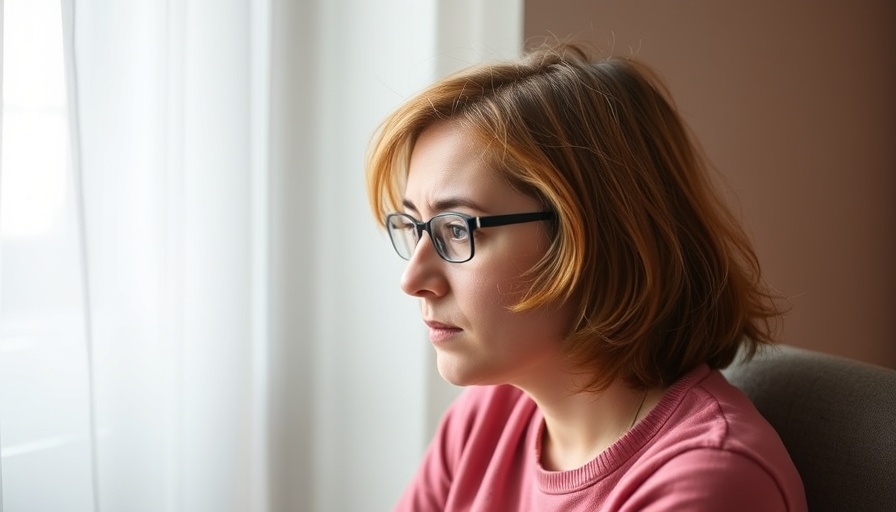
Understanding the Power of Art Therapy
Art has always held a unique place in the human experience, touching our emotions and inspiring connections. For young people grappling with mental health challenges, art therapy emerges as a promising outlet, combining creativity with therapeutic support. This specialized form of therapy not only provides an emotional release but also enhances self-discovery and personal expression. Research has consistently shown that engaging with art, whether through creation or observation, promotes well-being and can lead to significant positive mental health outcomes.
The Triangular Relationship in Art Therapy
Art therapy operates on a “triangular relationship” involving the creator, the artwork, and the viewers. According to a 2022 study, introducing a fourth element—an art gallery—can augment this relationship further. Art galleries are increasingly recognized as therapeutic spaces that foster emotional healing and connection. When young individuals partake in gallery-based art therapy, their experiences become richer as they immerse themselves in the artistic environment, inspiring deeper exploration of their emotions through their own creations.
Recent Research on Gallery-Based Art Therapy
A recent study led by researchers Scott, Holttum, and Fischer examined how gallery-based art therapy influences mental health in young people aged 12 to 18. The twelve-week program involved viewing art, creating pieces, and discussing them, providing a multifaceted therapeutic experience. Utilizing both quantitative and qualitative methodologies, the study measured participants' emotional and psychological changes over time.
Positive Outcomes from Participation
Results displayed encouraging trends: on average, participants experienced improved self-esteem and mental well-being, although the changes in self-esteem were not statistically significant. However, significant results emerged in mental well-being indices and self-set goals, showcasing the potential of this therapy to enhance personal growth.
The Impact of Environment on Mental Well-being
Art galleries, with their serene settings and aesthetic stimuli, serve as conducive environments for healing. They encourage participants to deeply engage with art and reflect on their experiences, producing a more profound therapeutic alliance between the participant and their artwork. This environment provides young people not only an escape but a safe space where they can confront personal issues and emotions.
Tailoring Therapy for Diverse Needs
Each participant in the study came from diverse backgrounds, facing various mental health difficulties. Such diversity reinforces the need for individualized approaches in therapy. The therapists involved in the study utilized diverse strategies to cater to each participant’s needs, addressing everything from self-esteem to goal-setting. This targeted approach is crucial as it acknowledges the unique journeys of young individuals and empowers them to set and pursue their goals.
Emotional and Cognitive Growth Through Art
The findings resonate with the broader research indicating that creativity is a vital aspect of human expression that can lead to healing. By using art as a conduit for emotional expression, young individuals not only articulate feelings they might otherwise struggle to communicate but also learn valuable coping mechanisms. Artists often highlight the need for art to be seen as a therapeutic tool, a means of navigating complex emotional landscapes.
Actionable Steps for Parents and Community Leaders
For those wanting to support youth in their community, promoting such programs in local settings can greatly enhance well-being. Encouraging local galleries to host similar programs or offering support for youth art initiatives can foster a more supportive environment for mental health. Importantly, schools and community groups should consider integrating art into mental health curricula, providing young people the chance to engage with this creative form of therapy.
In light of these findings, it is crucial for community leaders and parents in the Grand Strand area to recognize the transformative potential of gallery-based art therapy for youth mental health. This approach not only benefits individual participants but enriches the community as a whole.
As we continue to explore these therapeutic avenues, the impact of art on mental well-being remains a compelling area for further investigation and support. For those interested in promoting healthy lifestyles and mental health among youth, it is time to champion the availability of art therapy programs in your local community.
 Add Row
Add Row  Add
Add 





 Add Row
Add Row  Add
Add 
Write A Comment